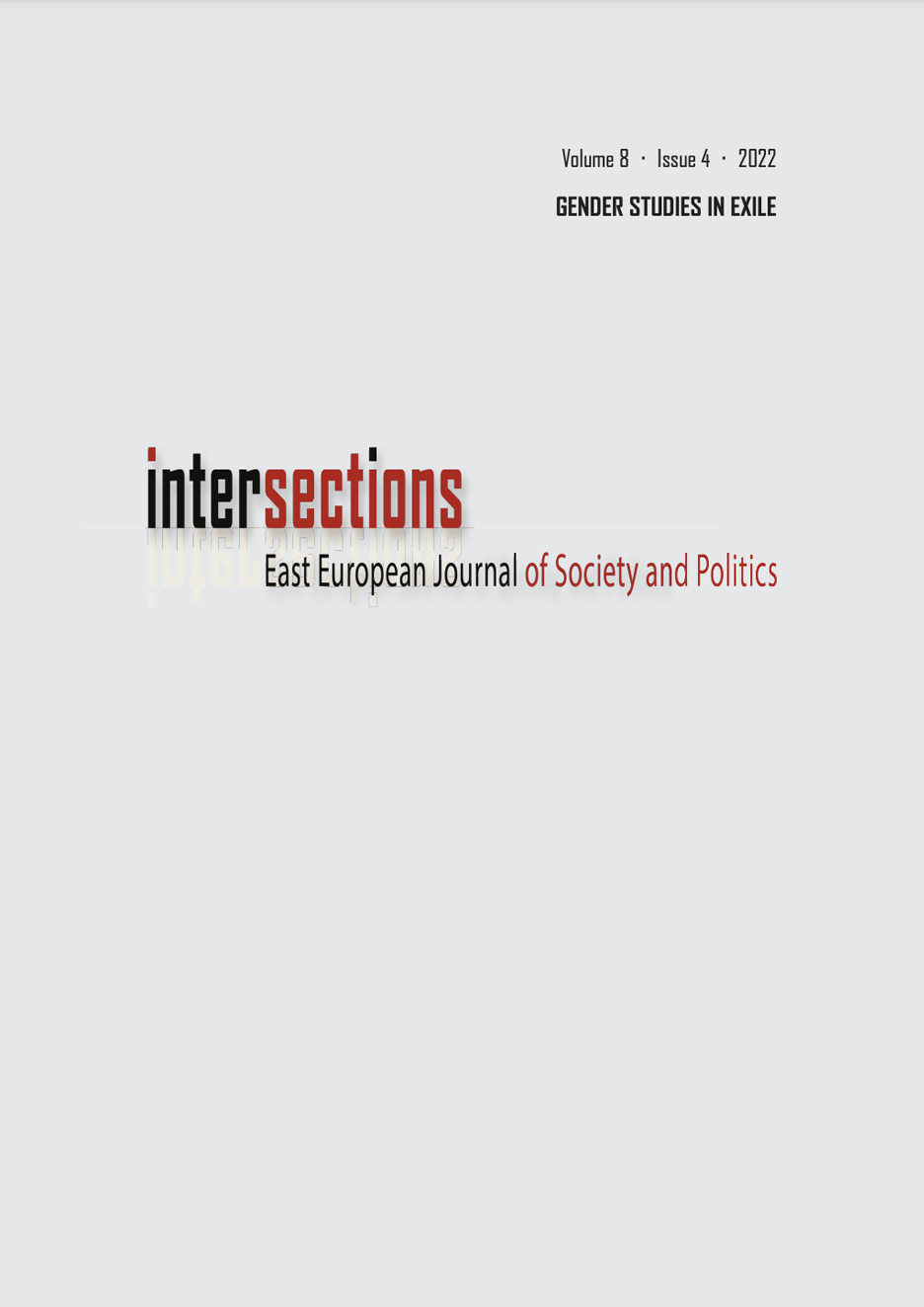Gossip is distinct from other topics in spontaneous conversation
DOI:
https://doi.org/10.17356/ieejsp.v8i4.939Keywords:
gossip, social bonding, maintenance of norms, spontaneous conversations, LDA topic modelAbstract
Gossip – talking about relevant others in their absence – is believed to constitute a large part of informal communication. The perception of the prevalence of gossip implies that it can be unambiguously identified and distinguished from other topics in spontaneous conversation. Its distinctiveness may be justified by multiple theoretical perspectives, including one that describes in-group gossip as an informal device for enforcing norms and punishing norm violators, and another that claims that gossip is used to release frustration and communicate envy. If the ultimate reason for gossip is to facilitate social bonding between the sender and the receiver, however, this would not differentiate gossip from other conversational topics that provide social enjoyment, such as entertainment and food. In a novel contribution, we explore the topics included in a corpus containing 550 hours of unfiltered spontaneous conversation and identify using LDA topic modeling whether some topics are unambiguously prominent in in-group gossip. The explorative approach is integrated with the manual annotation of instances of gossip across the entire corpus. We identified coherent topics of in-group gossip that are clearly different from those of small talk and storytelling. Our analysis finds that feelings, intentions, and opinions are frequently expressed in in-group gossip, more than habits, manners, and behavior. In-group gossip topics are characterized by more words associated with anger, in line with theoretical perspectives that attribute the motives of norm enhancement and punishment or frustration and envy to gossip.

Downloads
Published
How to Cite
Issue
Section
License
Copyright Notice
Authors who publish with this journal agree to the following terms:
Authors retain copyright and grant the journal right of first publication, with the work three months after publication simultaneously licensed under a Creative Commons Attribution License that allows others to share the work with an acknowledgement of the work's authorship and initial publication in this journal.
Authors are able to enter into separate, additional contractual arrangements for the non-exclusive distribution of the journal's published version of the work (e.g., post it to an institutional repository or publish it in a book), with an acknowledgement of its initial publication in this journal. This acknowledgement is not automatic, it should be asked from the editors and can usually be obtained one year after its first publication in the journal.



